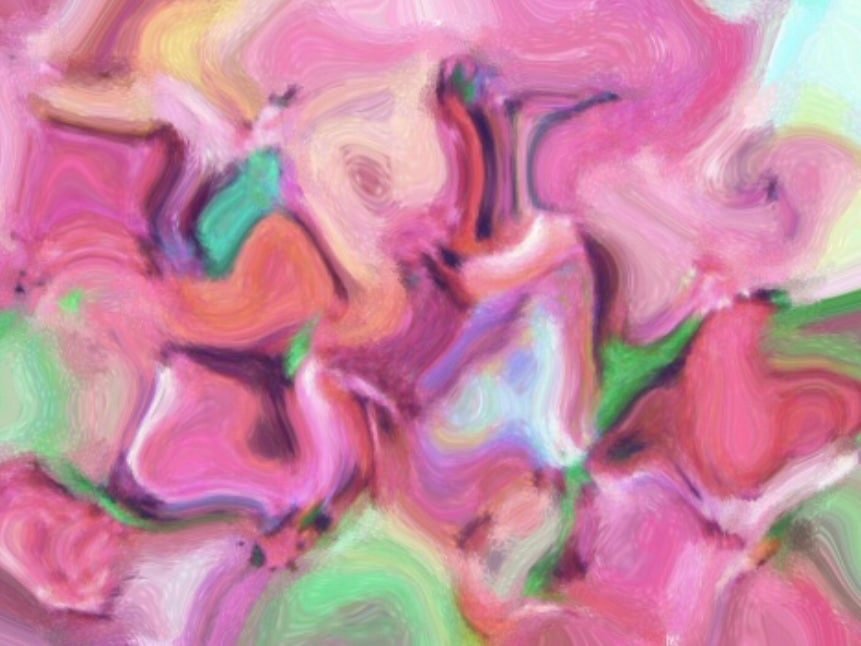
Stained glass Windows
Beauty lights up from within…
Use of stained glass
Stained glass has been used for various purposes throughout history, primarily in religious, artistic, architectural, and decorative contexts. Here are some key uses of stained glass:
Religious Architecture: Stained glass is perhaps most famously associated with churches and cathedrals. It serves to depict biblical stories, saints, and religious themes, allowing worshippers to engage with the spiritual narratives visually while creating an atmospheric ambiance. Iconic examples include the Gothic cathedrals of Europe, such as Notre-Dame in Paris.
Artistic Expression: Beyond religious themes, stained glass has evolved into a medium for artistic expression. Contemporary artists create stained glass pieces that explore various subjects, styles, and techniques, often displayed in galleries or as standalone art installations.
Natural Lighting: Stained glass windows can transform light in beautiful ways, casting colorful patterns and enhancing the aesthetic of a space. The interplay of light and color can create a serene and uplifting environment, making them popular in both public and private buildings.
Historical Documentation: Many stained glass windows provide historical insights, depicting the culture, fashion, and societal values of the times in which they were made. They can serve as a visual history, representing a snapshot of past eras.
Decorative Elements: Stained glass is also used in residential and commercial spaces as decorative elements. Items like glass doors, partitions, skylights, or lamps can incorporate stained glass to add a unique touch to interiors.
Symbolism and Storytelling: Each piece of stained glass can carry symbolic meanings. Colors, figures, and patterns can hold significance within cultural or religious contexts, serving not only as decoration but also as elements that convey messages or moral lessons.
Educational Purposes: Stained glass can be used in educational settings to teach art, history, and architecture. Workshops and classes may focus on the techniques and history of stained glass creation, allowing participants to create their own pieces.
Cultural Heritage: Stained glass windows often reflect the cultural identity of a community or region. Their preservation and restoration are essential for maintaining cultural heritage and history.
Overall, stained glass continues to be a versatile medium, enhancing the beauty and functionality of spaces while serving both aesthetic and narrative purposes.
Art Meditation
Pictures mlaure
Video made with Canva
Music depositphotos




